Agriculture
-
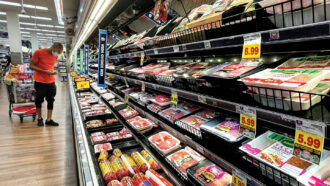 Climate
ClimateHow much does eating meat affect nations’ greenhouse gas emissions?
How much meat eating affects worldwide greenhouse gas emissions comes clear in new country-by-country analyses.
-
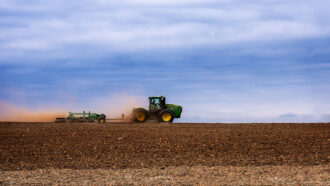 Agriculture
AgricultureMore than 57 billion tons of soil have eroded in the U.S. Midwest
Researchers discovered startling soil erosion rates in the Midwest. Farming has worsened erosion, but no-till practices and cover crops can help.
-
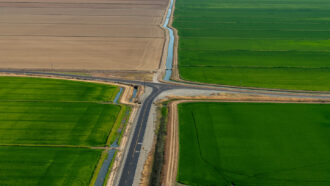 Climate
ClimateRice feeds half the world. Climate change’s droughts and floods put it at risk
Rice provides sustenance for billions who have no alternative, and climate change threatens to slash production. Growers will need to innovate to provide an important crop as climate whiplash brings drought and floods to fields worldwide.
By Nikk Ogasa -
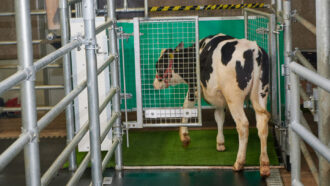 Agriculture
AgriculturePotty-trained cattle could help reduce pollution
About a dozen calves have been trained to pee in a stall. Toilet training cows on a large scale could cut down on pollution, researchers say.
-
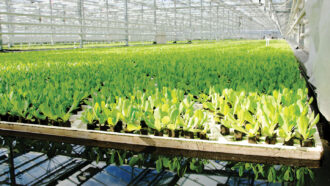 Agriculture
AgricultureCold plasma could transform the sustainable farms of the future
Physicists have been working on ways to use the power of plasma to boost plant growth and kill pathogens.
-
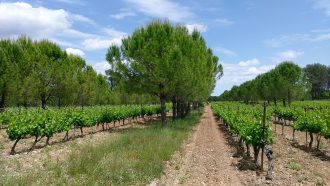 Earth
EarthMixing trees and crops can help both farmers and the climate
Agriculture is a major driver of climate change and biodiversity loss. But integrating trees into farming practices can boost food production, store carbon and save species.
-
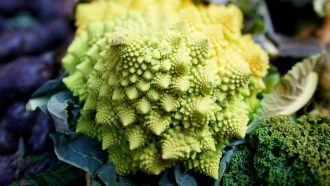 Plants
PlantsHow Romanesco cauliflower forms its spiraling fractals
By tweaking just three genes in a common lab plant, scientists have discovered the mechanism responsible for one of nature’s most impressive fractals.
By Nikk Ogasa -
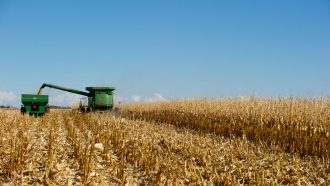 Agriculture
AgricultureA tweaked yeast can make ethanol from cornstalks and a harvest’s other leftovers
By genetically modifying baker’s yeast, scientists figured out how to get almost as much ethanol from cornstalks as kernels.
By Nikk Ogasa -
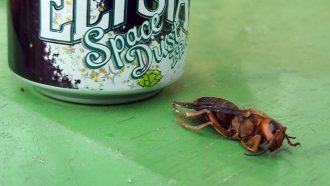 Animals
AnimalsFocusing on Asian giant hornets distorts the view of invasive species
2021’s first “murder hornet” is yet another arrival. This is the not-so-new normal.
By Susan Milius -
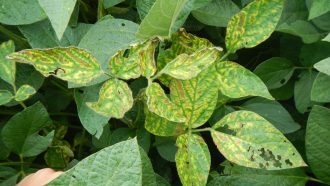 Agriculture
AgricultureNanoscale nutrients can protect plants from fungal diseases
Applied to the shoots, nutrients served in tiny metallic packages are absorbed more efficiently, strengthening plants’ defenses against fungal attack.
By Shi En Kim -
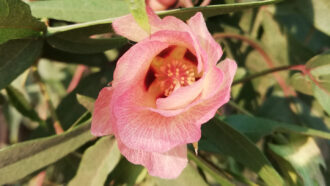 Plants
PlantsModified genes can distort wild cotton’s interactions with insects
In a Yucatan nature park, engineered genes influence nectar production, affecting ants’ and maybe pollinators’ attraction to the wild cotton plants.
-
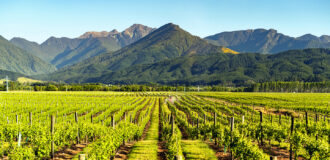 Agriculture
AgricultureHow does a crop’s environment shape a food’s smell and taste?
Scientific explorations of terroir — the soil, climate and orientation in which crops grow — hint at influences on flavors and aromas.